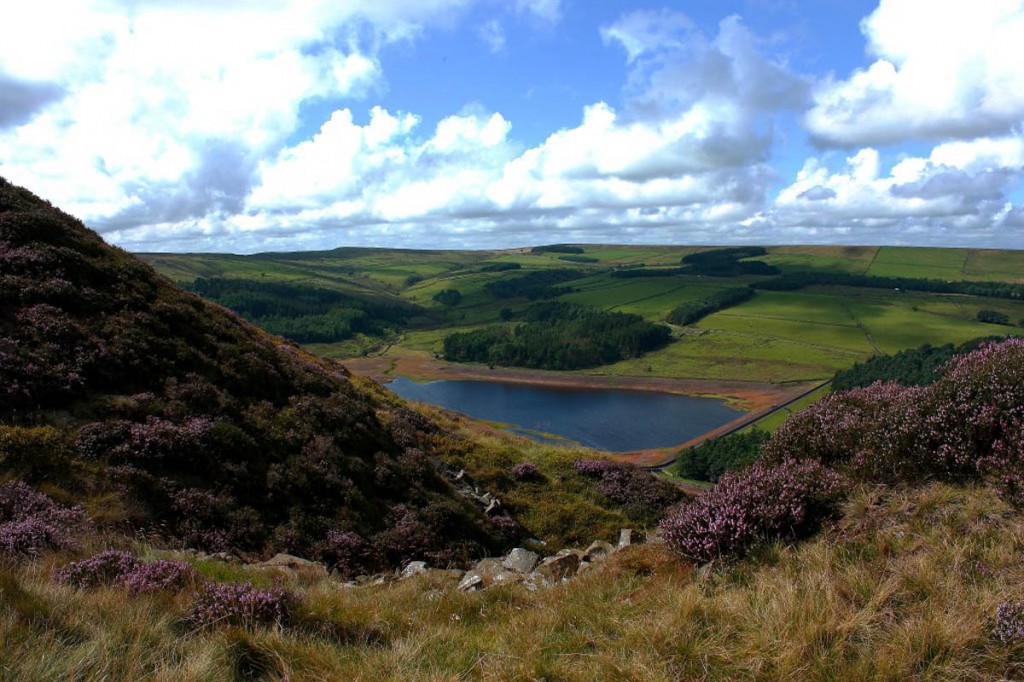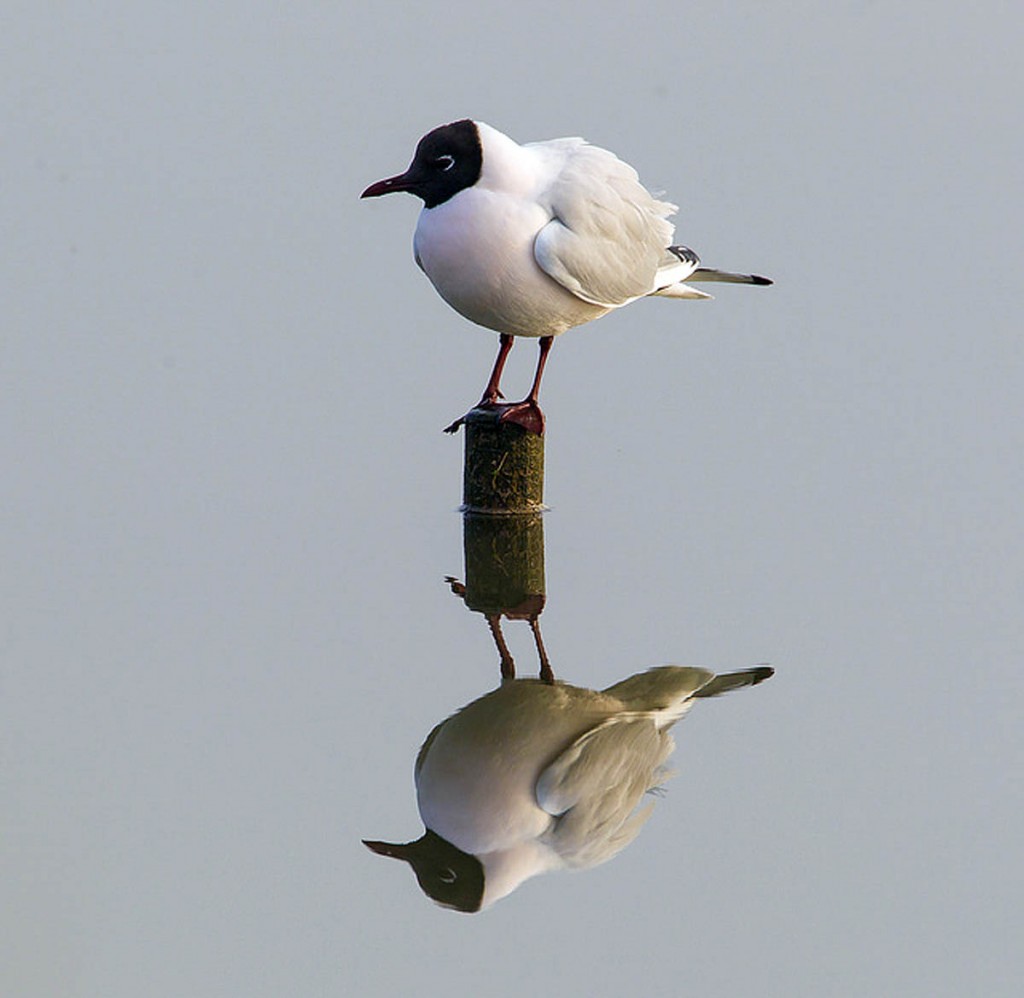A large area of moorland in upland northern England has just gained special legal protection for its environment.
Natural England’s designation of 76 sq km of the West Pennines moors is the largest new site of special scientific interest to be established for 12 years.
The land, between Chorley, Blackburn, Bolton and Haslingden in Lancashire and Greater Manchester, is nationally important for its wildlife and habitats.
The moors are significant for their combination of upland habitats, moorland fringe grasslands and woodland, which support a large array of breeding birds. Merlin, curlew, snipe, lapwing and redshank nest in the area and there are large breeding colonies of both black-headed and Mediterranean gulls.
James Cross, chief executive of Natural England, the Government’s advisory body on the outdoors, said: “This is a significant moment for the protection of wildlife across a wild and beautiful expanse of north-west England.
“Our upland landscapes provide vital wildlife habitats and clean water, reduce flood risk and bring enjoyment and a sense of wellbeing to millions of people.”
The West Pennine Moors provide a backdrop to the surrounding towns and the wild, open spaces have been enjoyed by generations of locals and visitors alike. The hills also provide clean drinking water for thousands of households and their ability to store water plays a vital role in reducing flood risk in urban areas downstream.
Natural England said it will work with owners and land managers to continue to protect and enhance the wildlife importance of the area, while maximising the other benefits from the moors. This includes sensitive management of blanket bogs through careful grazing by cattle or sheep, and maintaining water levels at or around the surface of the peat to make sure the habitat is at its healthiest.
A spokesperson said: “Bogs in good condition provide many benefits including increased water storage in the upper catchments to reduce flood risk downstream, creating long-term carbon storage, as well as providing a unique habitat for wildlife.
“Other traditional management activity, such as cutting meadows for hay rather than silage and sensitive grazing of species-rich grasslands, supports a greater variety of wildlife and creates a more diverse landscape.
“SSSI status will help secure the widest possible commitment to the conservation of the West Pennines and lead to further action to secure the future of this moorland landscape.”
Sites of Special Scientific Interest safeguard England’s most important areas for wildlife and geology. They receive legal protection under the Wildlife and Countryside Act and there is a legal process to designate a site.
Under this process Natural England must notify all landowners and occupiers of any land in an SSSI. It also has to notify the Secretary of State for Environment, Food and Rural Affairs, relevant local planning authorities and other public bodies such as the Environment Agency and water companies.
Once Natural England has issued the notification of an SSSI, the site is legally protected. Following notification, owners, occupiers and interested parties have four months in which to make representations or objections. Within nine months of the notification date, Natural England has to decide whether or not to confirm the notification.
Landowners, occupiers and interested parties now have four months in which to make representations or objections to Natural England, who will then decide whether or not to confirm the notification for this area of the West Pennines.
Mr Cross said: “Conservation is not about holding things back, but about moving them forward.
“The outcome Natural England wishes to achieve with this designation is sustainably conserving a wonderful upland landscape and safeguarding the services it offers for the benefit of both people and the environment.”
Mike Burke, Natural England’s area manager for Cheshire to Lancashire said: “The West Pennine moors are truly special and wholly warrant this SSSI status.
“It confers special legal protection and recognises the national scientific importance of its mosaic of upland habitats and populations of breeding birds. We will continue to work with all farmers, landowners and conservation groups across the area over the coming weeks and months to explain the importance of this designation and agree how we can work together to protect the area now and in the future.”


Mike V
23 November 2016I note the use of a photograph of Calf Hey reservoir to illustrate the beauty of the area in question.
Why is it then, that within the last five years, a windfarm, (Oswaldtwistle Moor Wind Farm, operated by EnergieKontor), was allowed to be built on those moors immediately behind Calf Hey reservoir?
!2 x 122 metre tall turbines, access roads, sundry buildings, etc. etc. - Each turbine required enormous excavations some 12 metres deep and 50+ metres wide, to be cut through the ancient peat bog terrain. Not to mention the infilling with thousands of tonnes of Concrete and reinforcing materials to form the turbine bases.
See here for photographic examples of the destruction caused to that peat bog: -
http://www.lancashiretelegraph.co.uk/news/rossendale/9623318.Oswaldtwistle_Moor_windfarm_construction_causes_40ft_danger_holes/
SSSI status? - How is it then, that planning permission has been approved to add another four of these 122m tall turbines at that same West Pennine Moorland location?
The pundits say that after 25 years, these installations will be completely removed, and the area returned to its former pre-windfarm status.
How so? - I just don't accept that peat bog moorland can be returned to what it was. - Peat bog takes tens of millenia to form. It is a complex integrated mat of the compressed remains of plants. Cutting deep holes and trenches across it breaks the bond of that mat allowing potential for water damage that simply can't be properly remedied. It doesn't matter how well you backfill those holes and trenches, the perfect bond that nature formed is broken, and the damage has been done. We will only know for sure what the outcome will be in many years time - long after the developer has had his profits and discharged any responsibility for the site.
Sheepy
24 November 2016They have also done exactly the same thing on nearby Scout Moor which is now the biggest onshore windfarm in England. The whole thing is an elaborate fraud for these companies and their shareholders to extract vast sums of tax payer monies on the pretence of saving the planet.
The planning process is smoothed by the payment of monies to cash strapped local authorities and a "sympathetic" Secretary of State.
The other big "blot" are solar farms that are springing up all over the place. There is one under construction at Todber close to Gisburn in the Ribble Valley and another monstrosity close to Bentham. This second one is clearly visible from The Yorkshire Dales National Park and the Forest of Bowland AONB. I didn't think we got that much sun up here in the North.
Jeffrey Hobbs
05 December 2016The West Pennine moors should be added to the Peak District National Park, as this is the only way they will be protected from wind farm and solar energy predators, who gobble up taxpayer subsidies and masquerade as environmentalists.
Wind turbines like the those on Scout Moor, visible for miles, are one of the biggest con tricks ever perpetrated on the British public.
The Scottish government is noticeably reluctant to create new national parks - is this because they are big promoters of wind farms? The Southern Uplands are covered with turbines: much of the time they are not working.